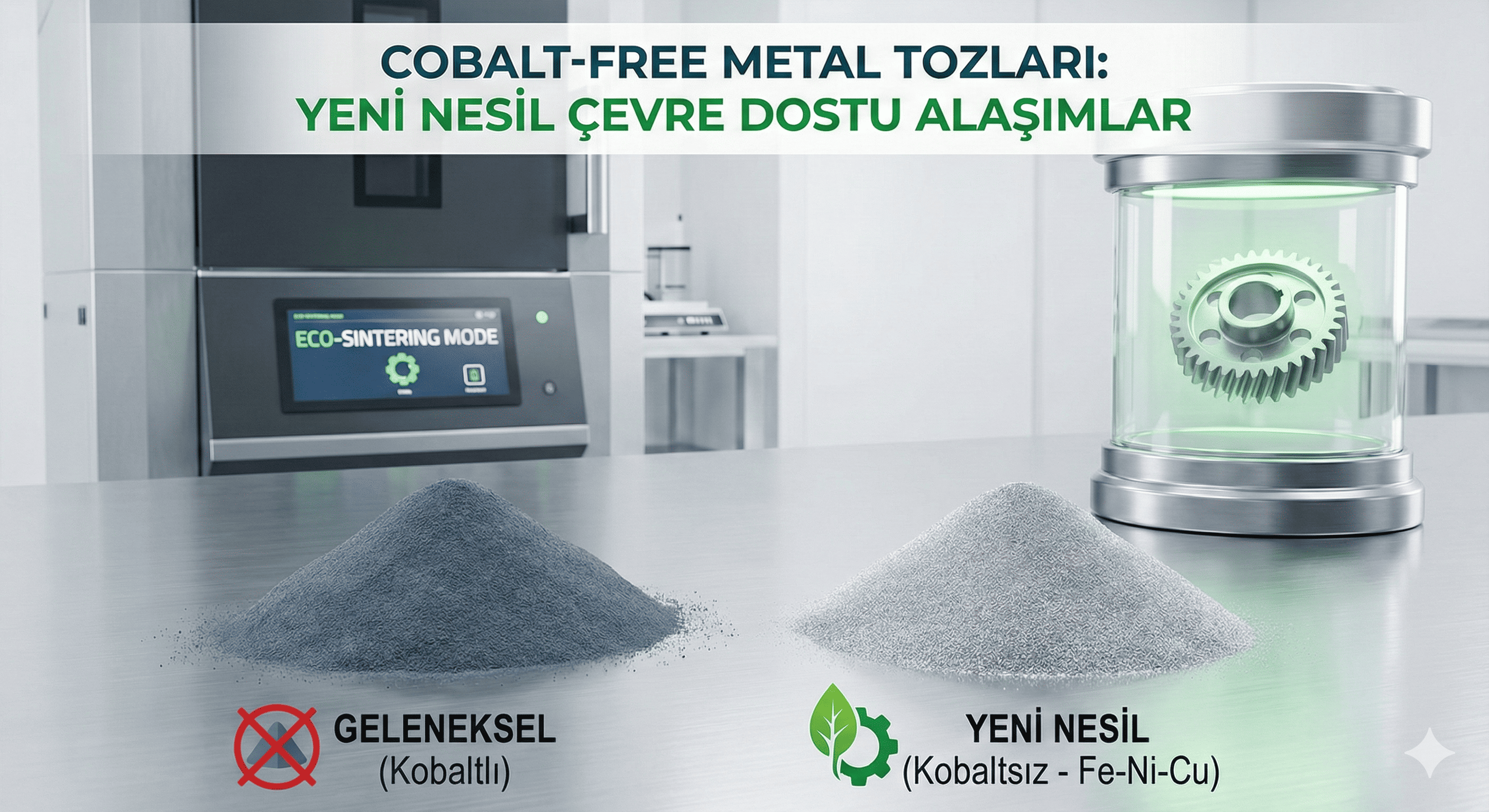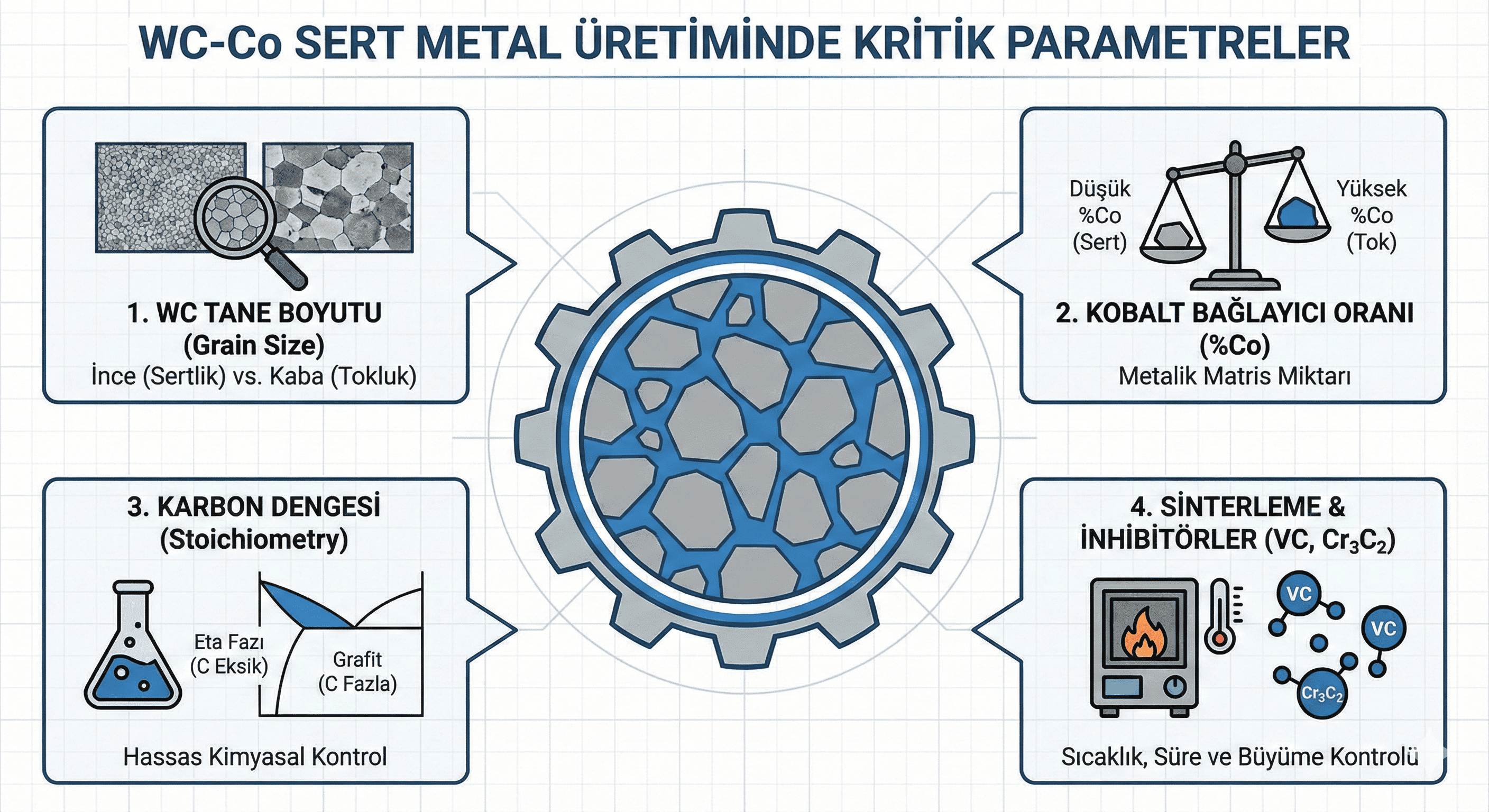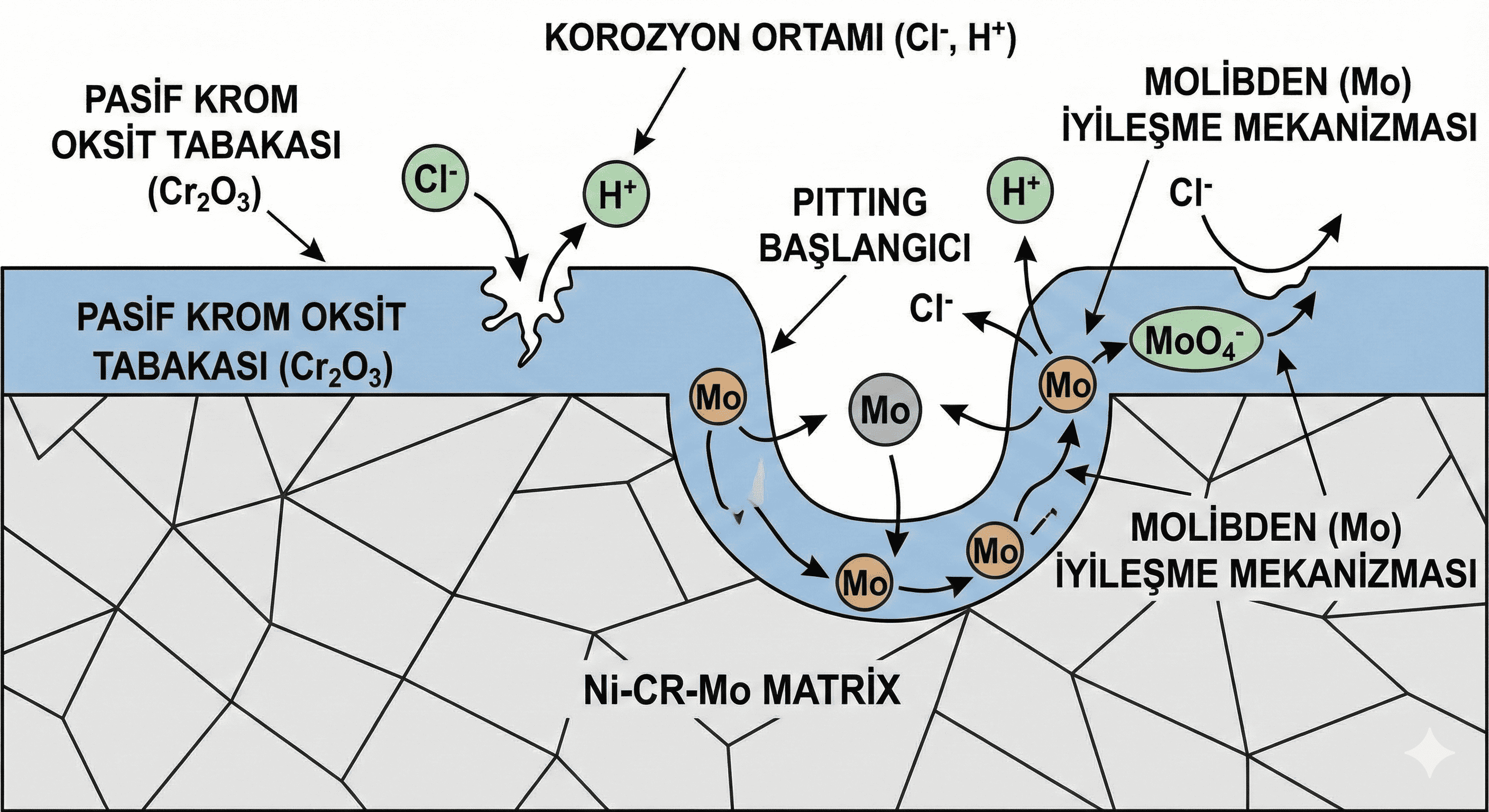Neodymium Fluoride Powder: Properties, Production, and Applications
Introduction
Neodymium fluoride powder (NdF³) is a specialized material used in various high-tech applications due to its unique properties. Neodymium, a rare earth element, forms fluoride compounds that exhibit desirable characteristics for optical, electronic, and other advanced uses. This article provides an overview of neodymium fluoride powder, including its properties, production methods, and applications.
What is Neodymium Fluoride Powder?
Neodymium fluoride powder consists of fine particles of neodymium fluoride, a chemical compound with the formula NdF³. The powder is typically used in applications requiring its specific optical and chemical properties.
Properties of Neodymium Fluoride Powder
- Chemical Formula: NdF³
- Appearance: White or off-white powder
- Density: Approximately 5.95 g/cm³ (bulk density can vary with particle size)
- Melting Point: 1,413°C (2,575°F)
- Optical Properties: Neodymium fluoride has excellent optical transparency in the visible and infrared regions. It is used in various optical applications for its ability to transmit light efficiently.
- Chemical Stability: Neodymium fluoride is stable under standard conditions but can be reactive with moisture and acids, forming neodymium hydroxide or neodymium fluoride solutions.
- Solubility: Neodymium fluoride is generally insoluble in water but can dissolve in strong acids or bases.
Production of Neodymium Fluoride Powder
The production of neodymium fluoride powder involves several steps to ensure high purity and desired particle characteristics:
- Raw Material Preparation:
- Ore Extraction: Neodymium is extracted from rare earth ores such as bastnäsite or monazite. The extraction process involves separating neodymium from other rare earth elements using techniques like solvent extraction or ion exchange.
- Purification: Extracted neodymium is purified and converted into neodymium chloride (NdCl³) or neodymium carbonate (Nd²(CO³)³).
- Synthesis of Neodymium Fluoride:
- Precipitation: Neodymium fluoride powder is commonly produced through precipitation methods. Neodymium chloride or neodymium carbonate is reacted with a fluoride source, such as ammonium fluoride (NH4F) or hydrofluoric acid (HF), to form neodymium fluoride. The reaction produces a precipitate that is then filtered, washed, and dried.
- Solid-State Reaction: In some cases, neodymium fluoride is synthesized through solid-state reactions. Neodymium oxide (Nd²O³) is reacted with ammonium fluoride at high temperatures to form neodymium fluoride powder.
- Hydrothermal Synthesis: This method involves dissolving neodymium salts in an aqueous solution with a fluoride source and heating the mixture under high pressure. This process allows for precise control over particle size and morphology.
- Powder Characterization:
- Particle Size and Distribution: Techniques such as dynamic light scattering (DLS) and scanning electron microscopy (SEM) are used to determine the particle size and distribution of neodymium fluoride powder.
- Phase Analysis: X-ray diffraction (XRD) is used to confirm the crystalline phase and purity of the neodymium fluoride powder.
- Surface Area Analysis: The specific surface area of the powder is measured using methods such as Brunauer-Emmett-Teller (BET) analysis.
- Quality Control:
- Purity Testing: Ensuring the absence of contaminants and impurities is crucial for the performance of neodymium fluoride powder. Techniques such as inductively coupled plasma mass spectrometry (ICP-MS) are employed for purity testing.
- Stability Testing: The stability of the powder is assessed under various conditions, including exposure to moisture and acids, to ensure its suitability for different applications.
Applications of Neodymium Fluoride Powder
- Optical Materials:
- Application: Neodymium fluoride powder is used in the manufacture of optical materials such as lenses, mirrors, and filters. Its high optical transparency makes it suitable for use in devices that require efficient light transmission.
- Lasers:
- Application: Neodymium fluoride is used in the production of neodymium-doped laser crystals, such as Nd
(neodymium-doped yttrium aluminum garnet) and Nd
(neodymium-doped lithium fluoride). These lasers are widely used in industrial, medical, and scientific applications for their high efficiency and precision.
- Application: Neodymium fluoride is used in the production of neodymium-doped laser crystals, such as Nd
- Catalysts:
- Application: The high surface area of neodymium fluoride powder makes it useful as a catalyst or catalyst support in various chemical reactions. It is employed in processes such as petroleum refining and chemical synthesis.
- Fluorinated Compounds:
- Application: Neodymium fluoride is used as a precursor in the synthesis of other fluorinated compounds. It is involved in the production of specialty chemicals and materials that require fluorine content.
- Magnetic Materials:
- Application: Although less common, neodymium fluoride is sometimes used in the preparation of magnetic materials. Its properties can contribute to the performance of materials used in magnetic applications.
Handling and Safety
- Protective Equipment: When handling neodymium fluoride powder, it is essential to use personal protective equipment (PPE) such as gloves, safety goggles, and masks to avoid inhalation or contact with the powder.
- Storage: Store neodymium fluoride powder in airtight containers to prevent moisture absorption and contamination. Keep it in a cool, dry environment to maintain its stability.
- Ventilation: Work in a well-ventilated area or use a fume hood to minimize exposure to airborne particles and ensure a safe working environment.
Challenges and Considerations
- Cost: Neodymium fluoride powder can be expensive due to the rarity of neodymium and the complexity of its production processes.
- Environmental Impact: The mining and processing of rare earth elements, including neodymium, have environmental implications. Sustainable practices and recycling efforts are important to mitigate these impacts.
- Health and Safety: Proper handling and safety measures are essential to avoid health risks associated with neodymium fluoride powder. Adhering to safety protocols ensures safe handling and minimizes exposure.
Conclusion
Neodymium fluoride powder is a versatile material with a range of applications in optics, lasers, catalysis, and fluorinated compounds. Its unique properties, including high optical transparency and stability, make it valuable for various high-tech and industrial uses. The production of neodymium fluoride powder involves precise synthesis and quality control processes to ensure optimal performance. As technology advances, the demand for neodymium fluoride powder is likely to increase, driving further innovations and applications. Addressing challenges related to cost, environmental impact, and safety will be key to optimizing the use of this rare earth material in future technologies.
Feel free to adjust or expand this article based on specific needs or focus areas!





